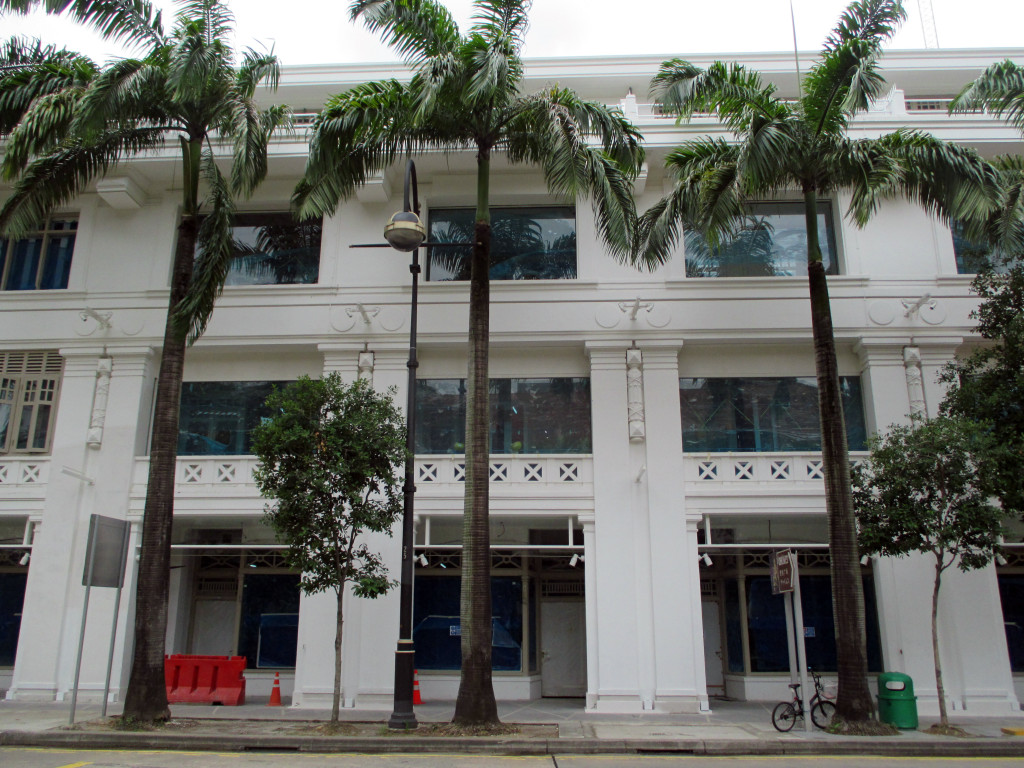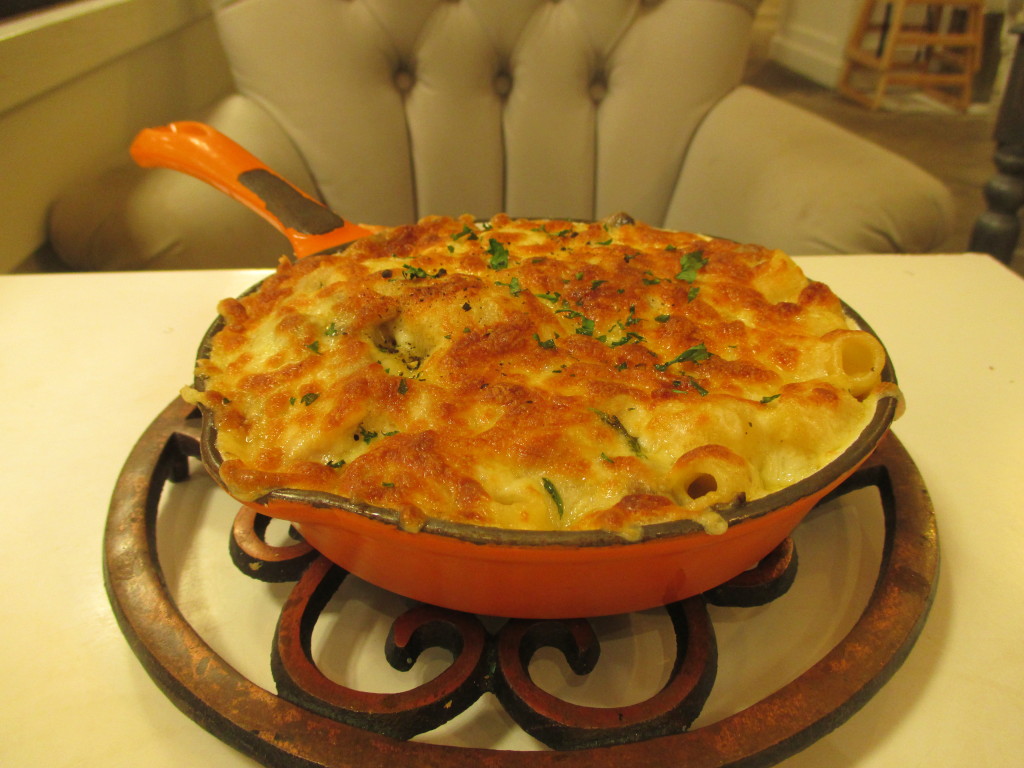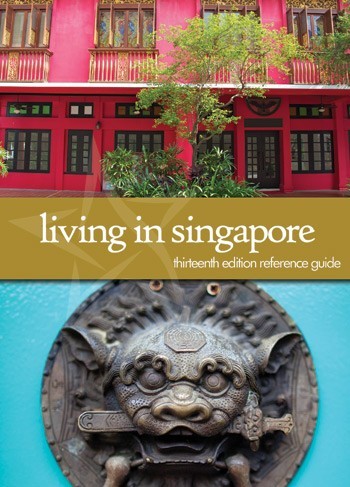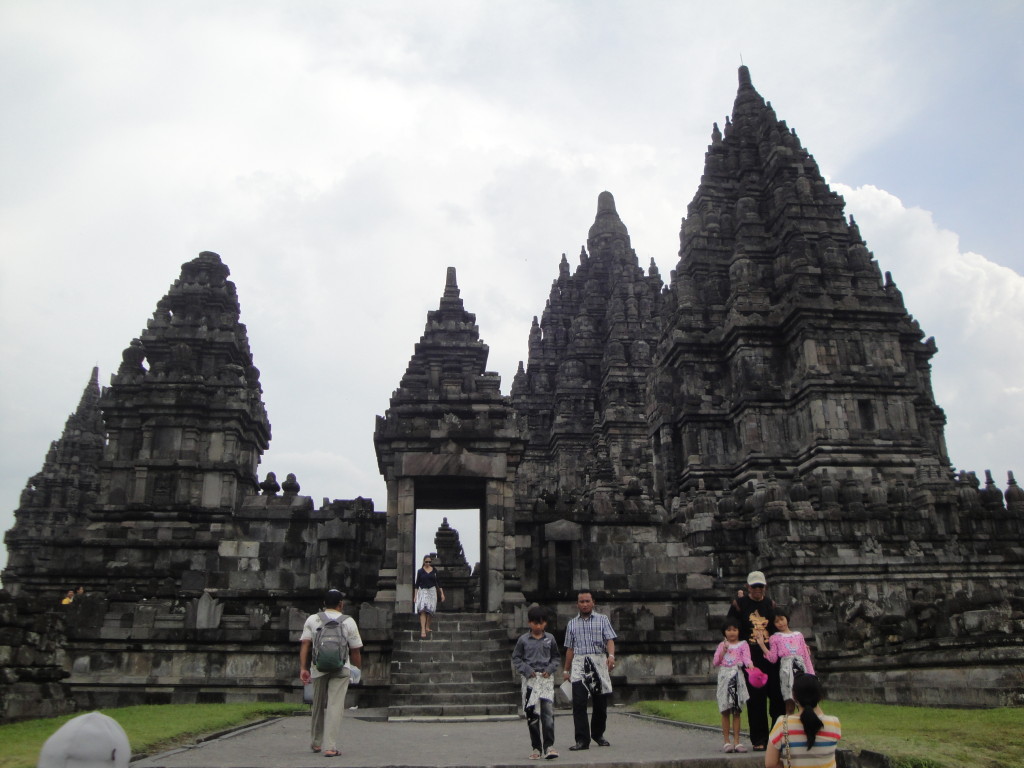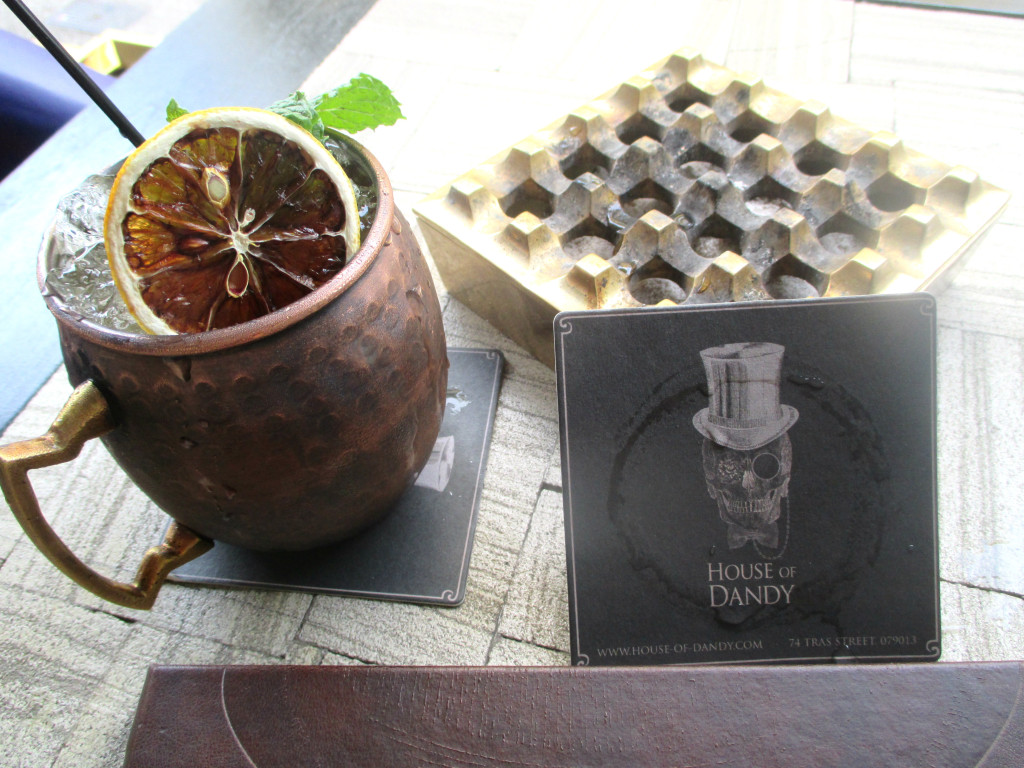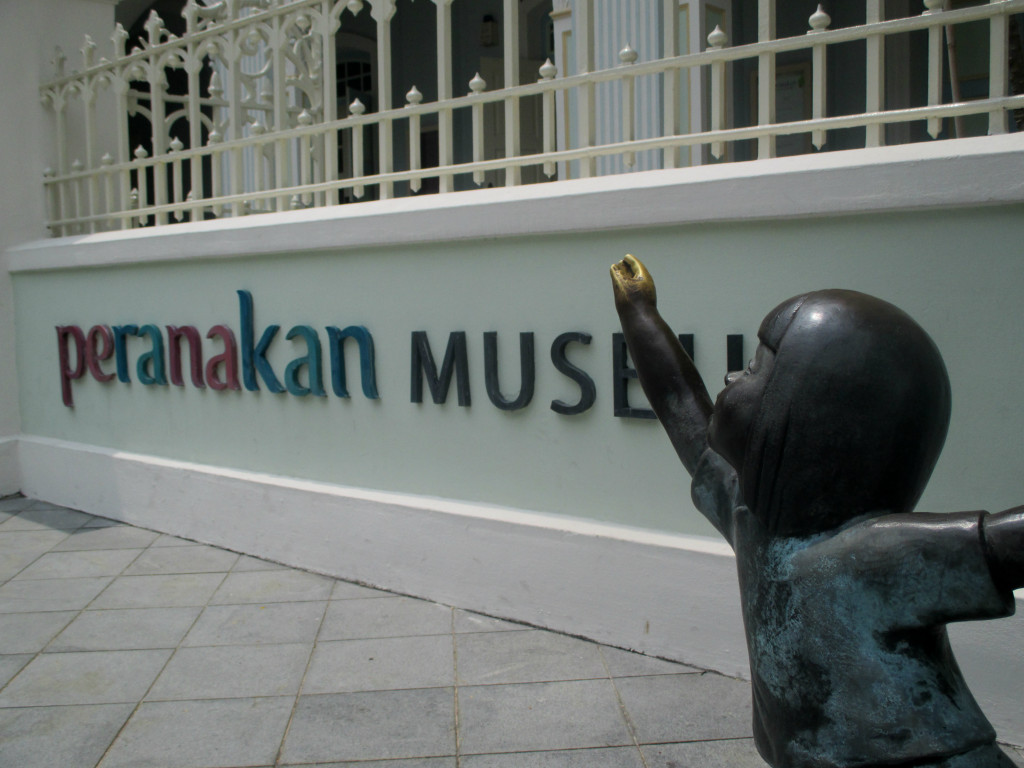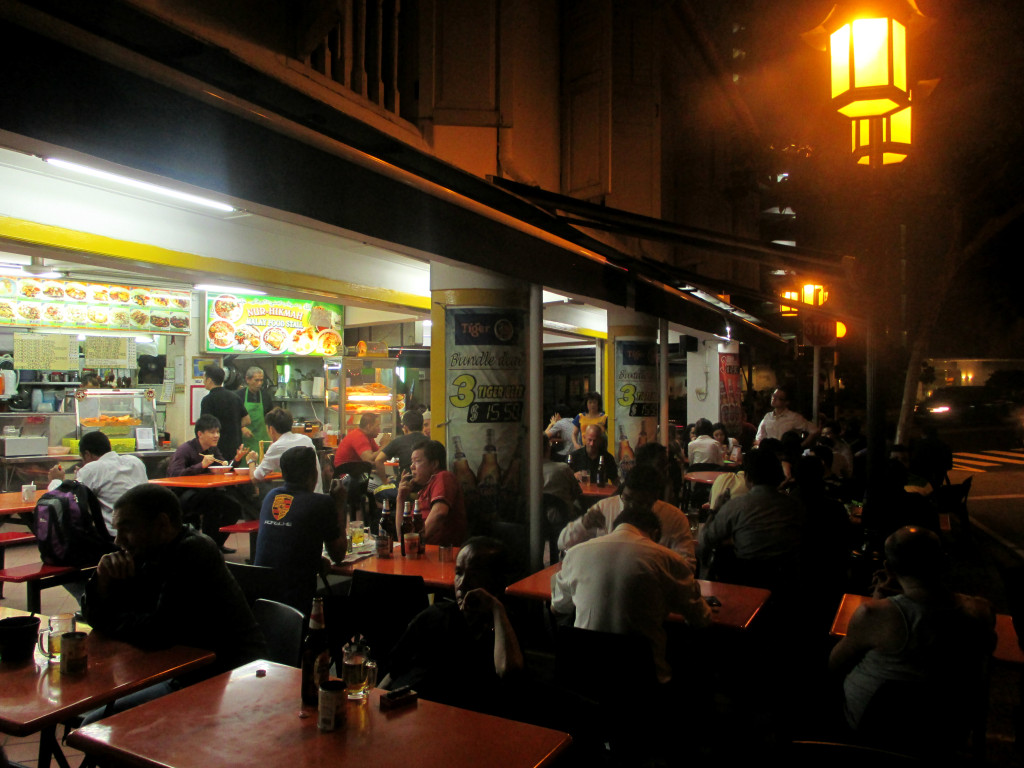Published on April 1, 2015 in the Singapore American Newspaper:
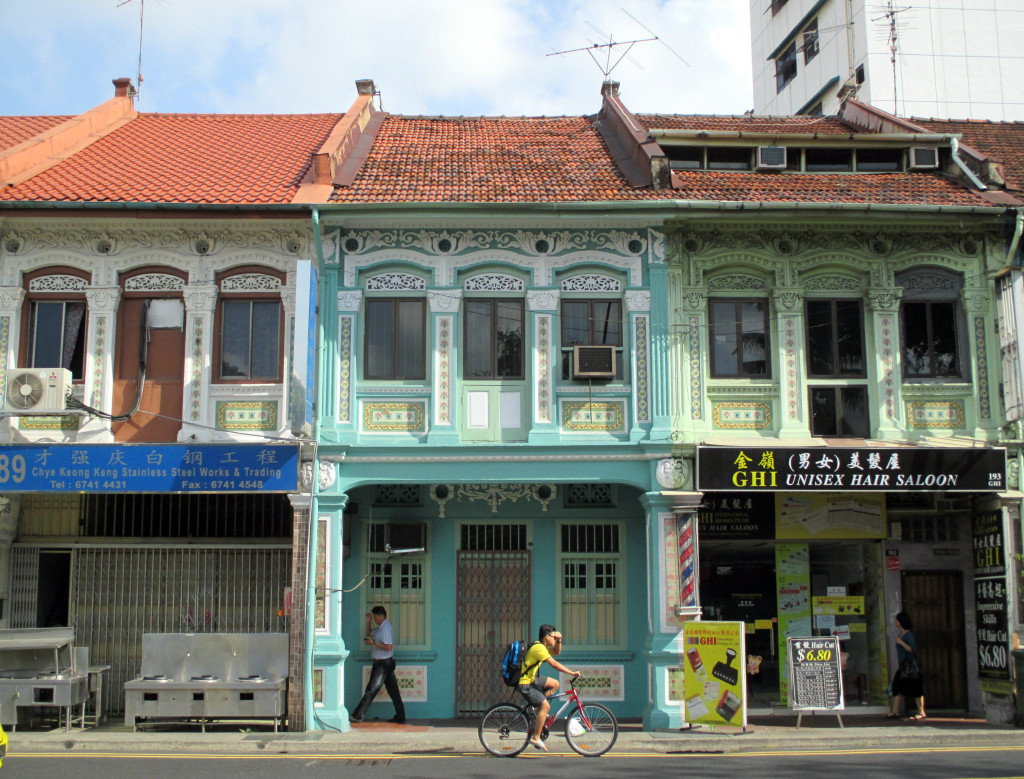
Geylang’s Famous Shophouses
As a new expat, the first neighborhood in Singapore you learned about was likely Orchard. The second was probably Geylang. Although its reputation as the country’s red light district isn’t undeserved, there’s a lot more to it than simply being a city’s sordid underbelly. With its historic shophouses and delicious hawker food, it is also a callback to pre-1970s Singapore.
The name “Geylang” is theorized to be a corrupted spelling of the Malay word ‘gelang,’ which is a type of edible creeper that grew throughout the area. Like its namesake, the neighborhood isn’t a single trunk. All throughout its length, Geylang Road has offshoots of lanes called lorongs extending perpendicularly towards Sims Ave or Guillemard Rd. Both the main stretch and the lorongs are home to micro-businesses offering everything from bicycle repairs to bathroom fixtures to, of course, food. If you’re looking for piles of fresh durian or mangosteen, authentic dim sum, the best chili crab in the country or the trademark frog porridge, this is the neighborhood to explore.
But the bustling day trade probably wasn’t the reason you heard about Geylang so early into your tenure here. The district is home to dozens, if not hundreds, of brothels. Some are regulated by the Singapore government, while others pose as KTV (karaoke) lounges or operate behind the scenes illegally. In order to gain an insider’s view on one of Singapore’s more infamous neighborhoods, I interviewed my friend Dafydd Green, who has lived in Geylang for just over a year.
SAN: Why did you choose to live in Geylang? Did you know the reputation of the area before you moved there?
DG: Geylang is going through a big development push now with many buildings being knocked down and condos going up. Having lived in places like Beijing before, I like seeing this development take place so I thought it would be more exciting to live there… I knew about the area’s reputation beforehand but it didn’t really phase me.
SAN: What do like about living in that area?
DG: I like the diversity you see if you walk around. On most Lorongs there is a Buddhist building and there is a vast array of Buddhist schools. You get a very interesting perspective on the island’s history because much of the area is made up of Peranakan buildings with old trade shop names, historical ‘clan’ or area association buildings (e.g. the Tang Lim Association and Xu Clan Association building, which would have been used in the past to bring immigrants from a certain area and surname together).
I am a big fan of the people who hang out here – you need only say a couple words in Chinese and sometimes you can be invited to join a table and be fed or hydrated well. The 24-hour nature of Geylang is also something I have come to really appreciate because it works with any lifestyle. For example, there are many places open for breakfast at 7am, the whole street is open for lunch, and you can be guaranteed a great prata or char siew between 2am and 6am. There are also a lot of legitimate massage places that are open late, and there’s nothing better than KTV followed by a foot massage.
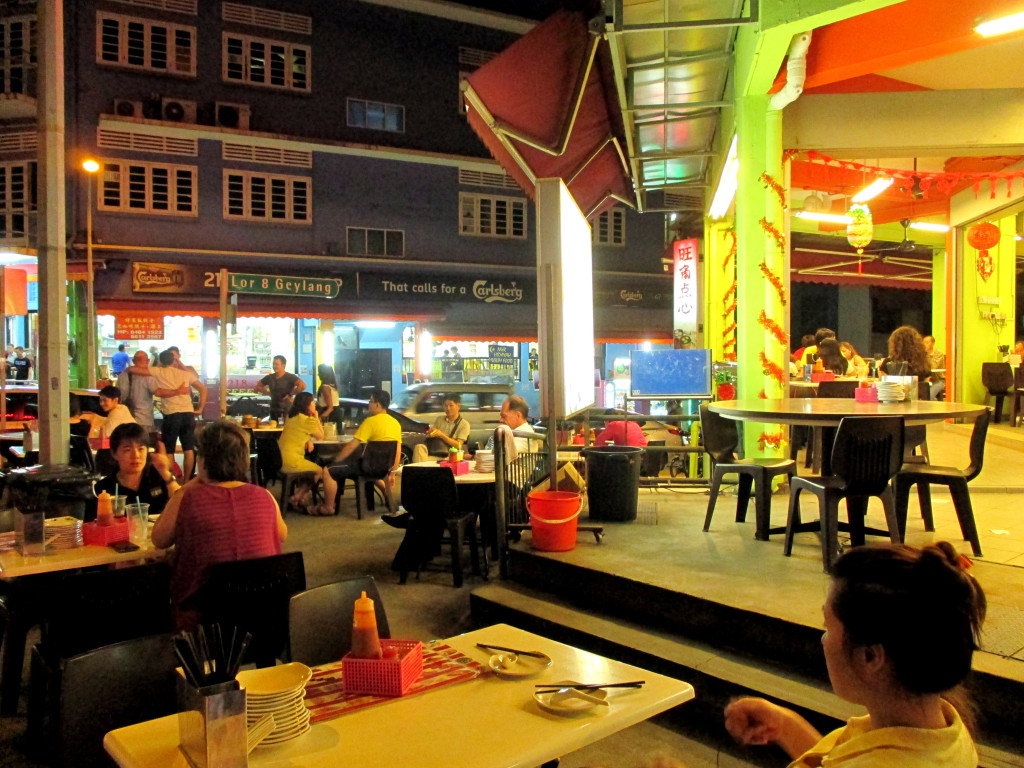
Mongkok Dim Sum at Lorong 8
SAN: What do you dislike?
DG: Sometimes it gets under my skin when busloads of people turn up and don’t walk in straight lines. I think the sheer amount of people passing through makes the street a bit dirtier than most places in Singapore. The more liberal approach to spitting and urination adopted by some is displeasing to say the least. I also don’t appreciate being thought of as a potential customer by the many “male enhancement” pill sellers on the street!
SAN: What has your experience been like with the seedier sides of the neighborhood?
DG: I don’t think it’s possible to avoid some of the seedy elements of Geylang, but unless you visit certain areas then these are very scant. Vice and gambling are contained to a few lorongs. I don’t oppose legal prostitution, and ‘negotiation’ is very discreet so it’s not that Geylang is a vice-ridden cesspit that makes residents uncomfortable. You only come across the seedier aspects in certain places and at certain times (e.g. the occasional police raid), but in many ways Geylang is far less sketchy than Orchard Towers.
Prostitutes are in different places, such as the odd lorong, in brothels or in high concentrations on certain strips. As a lone male walking through some places, you will be approached and touched but it’s not a big deal to shrug off. Actual brothels aren’t obvious, and you only see prostitutes if you go inside. Depending on your disposition, you may find negotiations between prostitutes and customers a bit disturbing but the legality of prostitution is very matter of fact — you will sometimes see policemen checking ID cards, and there isn’t any aggressive or pushy behavior towards prostitutes.
The seedier elements for me are the illegal sides of prostitution. It’s obvious I think who is there illegally because some are very nervous and clearly not Singaporean. A surprising aspect was how some of them come across – there are prostitutes who dress in a revealing way, but others wear something like a Sunday dress and carry a handbag. It’s kind of similar to visiting the red light district in Amsterdam, where people sitting in windows don’t wear as little as possible, but are just waiting for customers to come.
SAN: What are your favorite places to eat in Geylang?
DG: There are some great places for food. Beyond the many frog porridge and Jiangsu places, there’s the very famous L32 on Lorong 32 that sells ‘handmade noodles’ accompanied by dried fish, a meat of choice and fiery chilies. There’s a Penang seafood restaurant close to the Aljunied MRT station that serves up a great Penang Laksa. Both Ho Kee Pau (43 Geylang Lorong 27) and Wen Dao Shi (aka 126 Dim Sum) at 126 Sims Ave dish up great dim sum. My personal favorites are a ‘knife cut noodle’ stall on Lorong 27 and a Malay stall run by a charming couple that serves up some of the best Malay food in Singapore.





